Motorola’s presence in the Philippines has been a long time waiting so it somewhat surprising that they made another attempt this year. This time, it brought three of their more popular handsets, among them is the 2nd-generation Moto X.
For many years, Moto fans only had access to the brand’s latest handset thru gray market channels or importing them directly from Hong Kong or the US. This year marks the first time in more than half a decade that Motorola handsets will be officially offered with customer support and warranty.

The acquisition of the mobile company by Lenovo from Google has made possible the return of Motorola in the Philippines. Lenovo is a strong brand in Asia and ranks between the top 2 to top 5 brands in the country (depends if you measure it by volume or value of sales).
For the purpose of this article, we also made a quick video review. Check out the video below for a rundown of the features, benchmarks and sample photos of the Moto X:
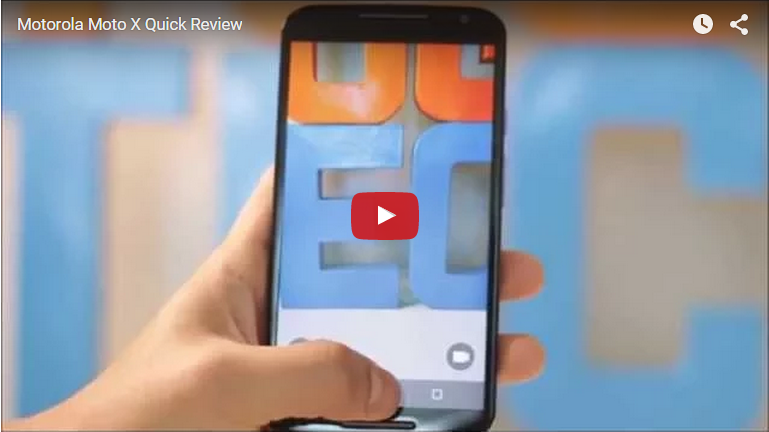
Also note that by the time we published this review, there have been a couple new Moto X devices announced and the Philippine office has also promised they will bring new handsets within a month or two of their global announcements.
Design and Construction
The Moto X competes with the likes of the Samsung Galaxy S5, HTC One M8 and LG G3 when it was launched in 2014 and sports the latest Snapdragon 801 processor which was among the best one back then.
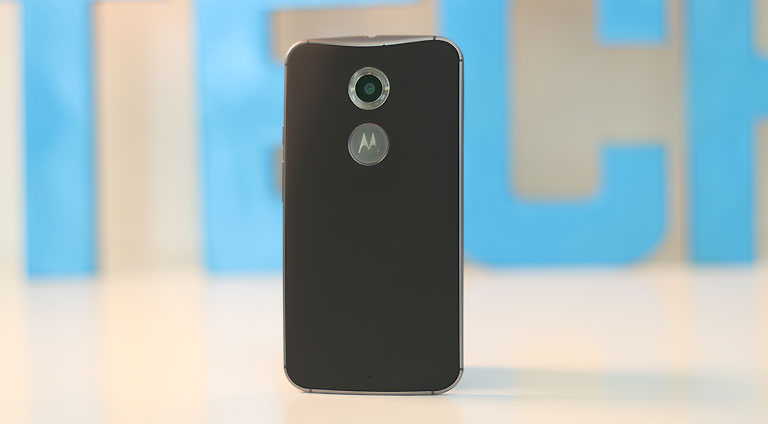
The handset is among the nicest looking device and with the availability of the Moto Maker in the US, customers can actually select the colors and materials for a custom order. This made it possible to have that iconic bamboo wood back cover with white trimming to be made available to US customers.
The front panel is completely covered with Gorilla Glass 3 from edge to edge with the corners slightly curved towards the sides. The top and bottom ends are almost symmetrical with a textured metal strip that cuts around the middle.

The power button is found on the right side along with the volume controls. The 3.5mm audio port and the SIM card slot are placed up top while the micro USB charging port is at the bottom end. The camera at the back is placed at the upper middle corner with the dual-LED right flash surrounding it. A carved out section just below it is the Motorola logo.

However, the model that will be released here in the Philippines will only be the black polycarbonate version. This variant comes with a non-removable soft matte back cover with chrome metallic trimmings. The handset is shaped in a slightly curved way to give it a better and more comfortable grip on the hand, much like the way LG did it with the G3 and G4.
Display and Multimedia.
The Moto X uses an AMOLED display that we’d normally see on Samsung devices. Native resolution is at 1920×1080 full HD giving it a pixel density of 423ppi. The display is clean, clear and very crisp. AMOLED makes the screen more visible in direct sunlight with better contrast and darker, saturated colors. The white are a little yellowish compared to IPS panels that are whiter.
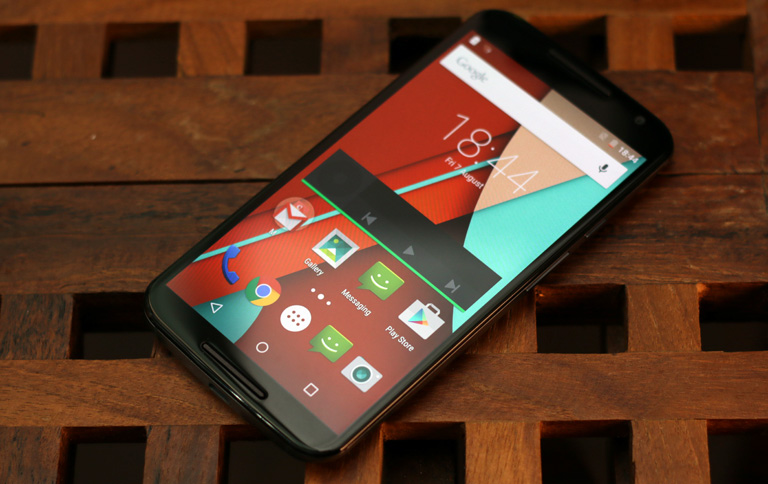
The front panel is completely covered with glass that subtly flows towards the edges with rounded corners. It’s surrounded by a thin, black polycarbonate trimming before it is enclosed by the wider, metallic silver frame of the body.
The front speaker is carved out of the slab of glass near the bottom corner and another similar metallic piece is also found at the other end positioned for the speakerphone. The speakers are particularly loud but not that well-balanced and lacks a bit of punch to it.
OS, Apps and UI.
The Moto X runs on Android 5.1 Lollipop right out of the box with Vanilla UI providing the pure user interface of Android. Motorola had the advantage by becoming a subsidiary of Google years back and even if they’ve moved on to Lenovo, their experience with the Nexus 6 accorded them access to the Nexus program which they obviously took advantage.
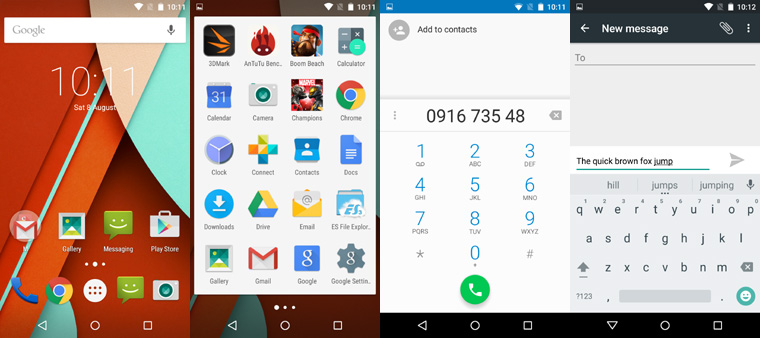
There are a few subtle customization in the features behind the curtain like gesture commands and voice prompts for calls and text messages.
The built-in Cast Screen feature is a native feature that connects the phone to your Chromecast which mirrors the display of the phone to your TV.
The Spotlight Feature is a fancy way of adding a bit of interaction to your screen with a couple of cartoony themes. It also works like a screensaver of sorts.
The Vanilla UI certainly gives the Moto X that pure Android experience.
Camera.
The Moto X uses a 13-megapixel shooter with a fixed aperture of f/2.25. Camera performance is good as long as there is ample light. However, it degrades pretty fast under low-light conditions and becomes very grainy when there’s very little ambient light.

One very interesting feature of the rear camera is the dual-LED ring flash which somewhat gives a more even exposure on the subject when the flash is triggered.
See sample photos below:
[fancygallery id=”228″ album=”277″]
The camera can also record up to 2160p (4K) video at 30fps and do slow-mo 60fps at 1080p.
There are a number of nifty functions — twisting your wrist twice and the camera app opens and Photo Burst that continuously takes photos as you press your finger on the screen and only stops after you lift it. Based on out test, it snaps more than 50 photos per sequence which can be useful if you want o capture that precise moment that happens in a split second.
Performance and Benchmarks.
Performance of the Moto X is still at par with last year’s flagship devices and even with most of this year’s top phones. This is due to the smaller footprint of the OS and the Vanilla UI that is devoid of any skinning and customizations.

As such, benchmark results are quite high even at current standards. Performance is pretty good as the handset runs on a Snapdragon 801 quad-core processor with each core clocking in at 2.5GHz. The handset scored 4,844 on PCMark and 46,096 on Antutu benchmark which are both pretty high even in the current charts.
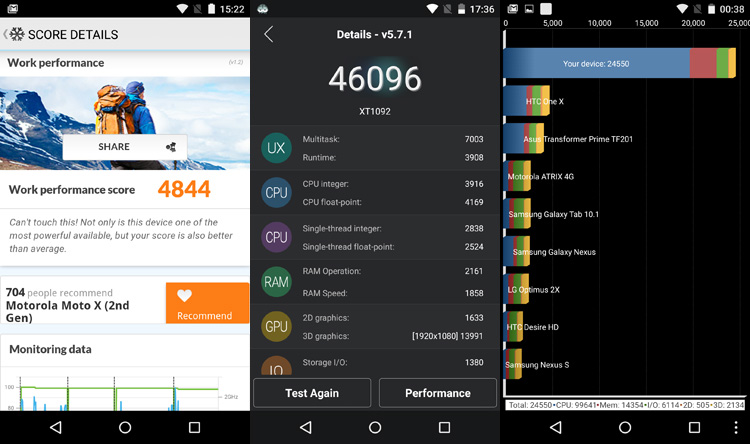
Connectivity, Call Quality and Battery Life.
One concern with the Moto X is the rather low battery capacity. At 2,300mAh, the device barely lasts the whole day. Using our standard battery bench, we only managed to get around 10 to 10.5 hours of continuous video playback at 50% brightness and 0% volume.

PCMark Battery Test gave it a score of 6 hours, 2 minutes. That’s around the median score of our Smartphone Battery Life Chart and exactly the same results we got from the OPPO N3 but that one has a 3,000mAh battery so the Moto X is still more efficient.
Call quality is good — voice calls are crisp and clear. Signal quality if excellent and the device has LTE support with all the local networks. There’s NFC and built-in support for Google Chromecast.
Conclusion.
With a suggested retail price of Php16,999, the Moto X is still within the price range of last year’s contemporaries — Nexus 5 at Php17k, Galaxy S5 Duos at Php18k, Xperia Z2 at Php16.3k and the HTC One M8 at Php18k (considering these are all gray market prices). Even the 1st-gen Moto X is sold at Php18k in online stores so that makes the price of the official 2nd-gen Moto X very competitive.

What the Moto X puts on the table is a flagship handset with the price of a mid-ranger device. Despite the late entry, we still think the Moto X is a good buy.
Motorola Moto X (2nd-gen) specs:
5.2-inch AMOLED display @ 1920 x 1080, 423ppi
Corning Gorilla Glass 3
2.5GHz Qualcomm Snapdragon 801 quad-core processor
Adreno 330 GPU
2GB RAM
16GB internal storage
13MP rear camera with f/2.25 lens and ring flash
4K video recording
2MP front camera
Full HD video recording
4G LTE, 3G HSPA+
Wi-Fi 802.11 a/b/g/n/ac, hotspot
Bluetooth 4.0
NFC
GPS, GLONASS
2,300mAh battery
Android Lollipop
140.8 x 72.4 x 10 mm (dimensions)
144 grams (weight)
We were told that Motorola Philippines will operate independently of Lenovo despite the acquisition but Motorola will greatly benefit from Lenovo’s strong process manufacturing and logistics in the region. Motorola has also been known to roll out Android updates fairly early, thanks to its previous connection with Google and being a partner in the Nexus program.
It’s still too early to see how the local market will respond to the return of Motorola in the Philippines. We already know that the local market is already very saturated and competition between global and local brands are very fierce so it will be interesting to see how the Moto brand will fare.
The Moto X will be available in black with a suggested retail price of Php16,999. You’re getting a full flagship device for only a mid-ranger price.
What we liked about it:
* Impressive build and design
* Very good performance
* Great display quality
* Affordably priced
* NFC, LTE support
* Decent battery life
* Android 5.1 Lollipop out of the box
What we did not like:
* Low, non-expandable storage
* A bit out-dated
* Unimpressive camera performance
Disclosure: This review unit was provided by Motorola Philippines.









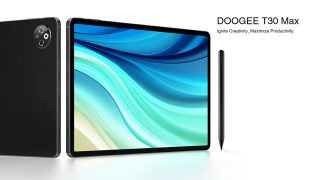
























What is the full name of that phone
any news about Moto X Pure Edition coming to the philippines?
Not likely.
Any reviews for the Moto x 2015 or Moto g 2015 models? any update on when it will be released?
Where can I get one?
I think this is still better than the x play. Looking forward when this hits the shelves.
Any idea if the 32gb version will be released here?